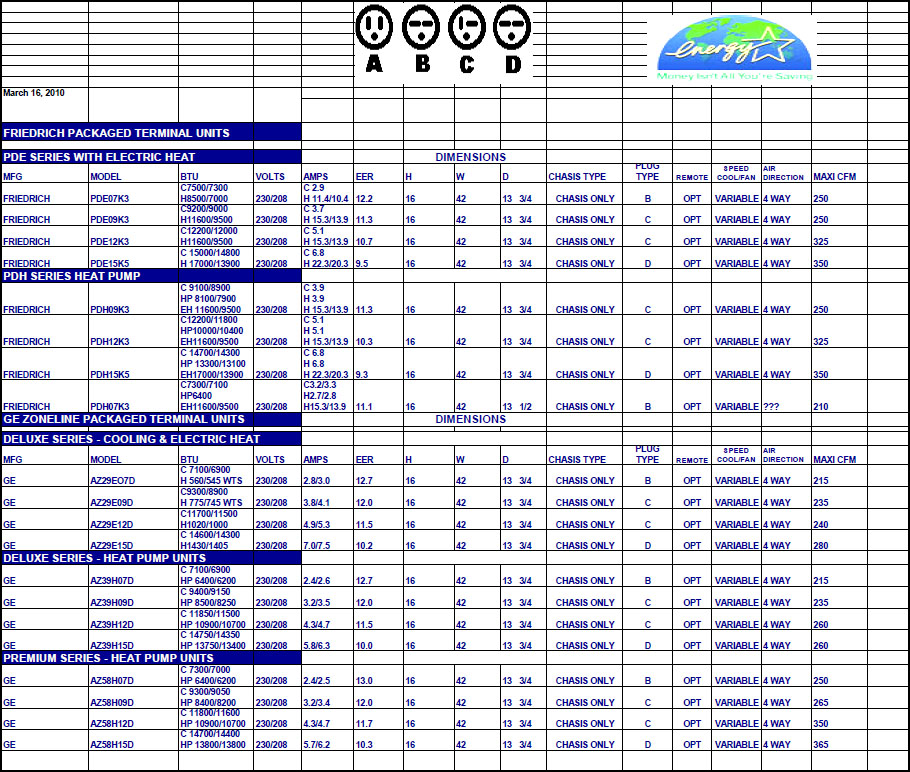

They also allow you to cool the space and then switch to lower settings for quieter operation - a concern for bedrooms. Both let you fine-tune the output for maximum comfort. Look for multispeed fans and adjustable thermostats. Control OptionsĬhoosing the right control features will also make it easier to keep cool this summer. Check the Energy Guide label on any unit you're considering to find its estimated operating cost. But you can easily amortize that cost over the life of the unit in energy savings. Going from an EER of 9 to an EER of 10 could add up to $100 to the price tag. Any unit above 10 is considered extremely efficient, and the true energy champs fall in the low 12s.Īs with cooling capacity, you'll pay more up front for energy efficiency. Referred to as the Energy Efficiency Ratio (EER), this figure is the cooling capacity divided by the electrical power required to run the unit. It's also the easiest - manufacturers are required by the federal government to list the energy rating right on the unit. The Energy QuestionĮnergy efficiency is your next shopping consideration. high and is contained in a corrosion-proof polycarbonate cabinet. THE QUIET ONE from Frigidaire features built-in handles for quick installation. "Two units prevent cold spots in front of the air conditioner and warm spots around the corner." "The goal is to keep the cold air from pooling on the floor," explains Hank Rutkowski, director of technical affairs for the Washington, D.C.-based Air Conditioning Contractors of America. And if you want to cool a large, open L- or T-shaped space, you're better off with two smaller units rather than one large one. Whichever way you determine the size you need, remember that for the 115V circuits typical of bedrooms and living rooms, you'll have to stay below 15,000 Btu units above 15,000 Btu usually require a 230V circuit. Although the form looks daunting, it takes only a few minutes with a calculator and tape measure to figure out the square footage of the room and measure a few other variables.
#Window ac unit calculator free#
You can get a free copy of the formula from the AHAM fax-on-demand service or through the organization's site on the Web. The Association of Home Appliance Manufacturers (AHAM), a Chicago-based industry trade group, offers a more complete formula that includes window area, sun exposure, insulation levels, how the room is used and other variables.įor a calculation of the cooling capacity your space requires, use our Air Conditioning Calculator. Most of the ones you'll see in stores simply compare the square footage of the room to Btu capacity. How do you get more precise than that? There are several different formulas.

Air conditioners rated at 15,000 Btu should be enough to cool most rooms up to about 875 sq. Those in the 12,000- to 15,000-Btu range cost from $450 to $600, while large units go up to $1,200. You'll find the rating on packaging or in product literature it typically ranges from 5,000 to 25,000 Btu. Room air conditioners are "sized" according to their cooling capacity, expressed in Btu per hour. The result is a cool room that feels damp and clammy. If it's too large, it will cool the space so quickly that the thermostat will shut the unit down before it can lower the humidity level in the space. If it's too small, it simply won't cool the space. Matching the air conditioner to the room you want to cool is your first consideration. "Consumers can save as much as 15 to 25 percent if they buy an air conditioner before the first heat wave hits." Unfortunately, many homeowners waste those savings by buying a unit that's too large or too small for the space. "Many stores hold sales during off-peak times," says Dick Matthews, vice president of room air conditioners for Sears. Best of all, buying an air conditioner early - before summer, when retailers get top dollar - can save you money. What's more, current models are up to 30 percent more energy efficient than those of a decade ago and carry warranties as long as five years. Individual units put the cooling where you need it if the climate in your area does not warrant whole-house air-conditioning or if you don't want to spend $3,000 to $6,000 to have a new central-air system installed. Room air conditioners can quickly cool a broiling bedroom, a sticky family room, and other hot spots in your house for as little as $250. A digital delay timer is also part of the package. Electronic controls offer temperature settings in increments of 1☏ and are accurate to within 1½° F. The Amana Quiet Zone line includes seven models that range from 5,000 to 18,000 Btu.


 0 kommentar(er)
0 kommentar(er)
